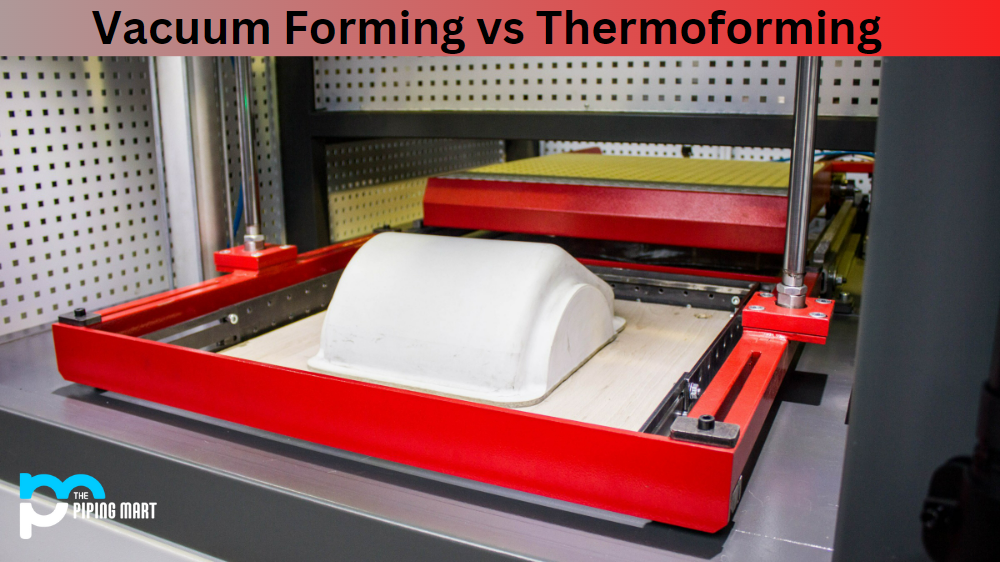If you’re in the market for a coupling system, you may have encountered disc and diaphragm couplings. While both serve the same purpose, there are differences between the two that make them better suited for particular applications. This blog post will walk you through the differences between disc and diaphragm couplings, helping you choose the ideal coupling system for your application.
What is Disc Coupling?
Disc coupling is a mechanical device connecting two shafts to transmit torque. It consists of two hubs, each with a series of radially arranged slots, with disc packs in between. The disc packs act as springs that transmit torque and compensate for misalignment or movement between the shafts. Disc couplings are widely used in various industrial applications due to their high torque capacity, flexibility, and reliability. They are commonly found in pumps, compressors, generators, and other heavy-duty machinery.
What is Diaphragm Coupling?
Diaphragm coupling is a flexible coupling that connects two rotating shafts in mechanical devices. It has a flexible diaphragm with two hub sections attached to each shaft. The diaphragm allows for misalignment between the shafts while transmitting torque to smoothly transfer power. Diaphragm couplings are known for their high torque capacity, reliability, and ability to absorb shock and vibration. They are commonly used in heavy-duty industrial applications such as pumps, compressors, and turbines.
Difference Between Disc Coupling and Diaphragm Coupling
Construction –
Diaphragm couplings use a flexible metal disc with a wavy edge connected to the shafts. On the other hand, a disc coupling is made of two rigid, thin plates with a middle flexible disc that connects them. The diaphragm version is ideal for applications that require high flexibility, whereas the disc style is ideal for high-torque power transmission.
Axial misalignment –
Diaphragm couplings are better suited for applications that involve axial misalignment. The wavy edge of the diaphragm design allows it to offset misalignment between shafts while transmitting torque efficiently. Disc couplings, on the other hand, are not suitable for axial misalignment at all.
Torque transmission –
A disc coupling is the better option if you need to transmit high torque. Due to its rigidity, it can transmit high torque levels with very little wear or deformation. Diaphragm couplings, on the other hand, are better suited for lower torque applications, as the flexible disc can wear more easily with frequent use.
Vibration dampening –
If your machinery produces a lot of shock and vibration, then a diaphragm coupling is a better option. The flexible disc design helps to dampen any vibration and shock between the shafts, helping to protect your machinery. Because of their rigidity, disc couplings do not offer the same level of vibration dampening.
Cost –
Diaphragm couplings are generally less expensive than disc couplings, but the price difference varies based on the application. If you require high torque transmission, disc couplings are the clear winner. But if vibration dampening and flexibility are what you’re after, then a diaphragm coupling may be the better choice.
Conclusion:
Whether you’re looking for a diaphragm or disc coupling, it’s important to understand the differences between the two to make an informed decision for your application. Both have advantages and disadvantages, but you can find the ideal coupling for your needs by understanding each type’s unique characteristics. Each type of coupling has strengths and weaknesses, from high torque power transmission to vibration dampening. Take the time to assess your machinery’s requirements and your application’s specific needs to make an informed decision between the two coupling types.

Hey, I’m Krutik, a casual blogger expert in the metal industry. I am passionate about providing valuable information to my readers. With a background in engineering and construction, I like playing Cricket & watching Netflix shows in my free time. Thank you for visiting my blog, and I hope you find my information helpful!




